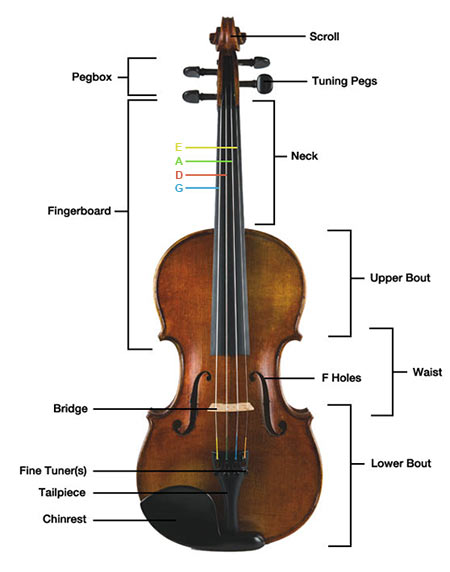Where do I even begin with week 6? Let’s just say it was the
most hectic crazy, yet fun of all the weeks. I created, practiced, fooled
around, and gained a crap(because swearing is inappropriate)ton of confidence.
Let’s begin with my practice! Since I was busy also
preparing for the TED Talk, I decided to shrink my practice time down to one
hour a day. During those hours, I continuously played through Swan Lake again,
and again, and again. It wasn’t the most boring thing I ever did, but let’s
just say playing a piece the same exact way over twenty times a day was not a
fun activity for me. However, the end
result was worth it. It’s not perfect (or anywhere close to that, that is), but
it definitely shows the amount of progress I made:
Now. Here’s the fun/crazy/difficult part of this week. Planning the TED Talk. Before doing anything with the presentation, visuals, or even the script, I needed to come up with a theme. This resulted in Sunday night being spent on youtube, listening to a bunch of TED Talks. While listening, I looked for something that a lot of the good TED Talks had in common. I found one: a catchphrase or quote. Through the catchphras or quote, the speakers would make a theme. This set me into thinking, what quote would be good for my TED Talk? After thinking (and procrastinating) for a solid two hours, something my tennis coach said all the time came into my mind: competence makes confidence. However, this quote went against my experience in gaining confidence throughout this project. So how do I make a theme from this? Simple. ((not really.)) Make my theme opposing this quote. This is how I came up with my theme of “competence is not the only way to confidence.”
Now. Here’s the fun/crazy/difficult part of this week. Planning the TED Talk. Before doing anything with the presentation, visuals, or even the script, I needed to come up with a theme. This resulted in Sunday night being spent on youtube, listening to a bunch of TED Talks. While listening, I looked for something that a lot of the good TED Talks had in common. I found one: a catchphrase or quote. Through the catchphras or quote, the speakers would make a theme. This set me into thinking, what quote would be good for my TED Talk? After thinking (and procrastinating) for a solid two hours, something my tennis coach said all the time came into my mind: competence makes confidence. However, this quote went against my experience in gaining confidence throughout this project. So how do I make a theme from this? Simple. ((not really.)) Make my theme opposing this quote. This is how I came up with my theme of “competence is not the only way to confidence.”
From there, I went on to making my script on Monday. Making
the script was...simply put...a struggle. I was lost as to how to set up my TED
Talk. Even though I watched countless videos, I just couldn’t get how they put
it all together. So I began with just writing. I just wrote out whatever I
thought would be good for snippets of the script. From there, I gathered the
good/important ideas and expand upon them. Finally, I found a way to connect
the ideas and being my original idea (which is the theme) back to the end of
the script to bring my TED Talk full circle.
After completing the script on Monday, I spent Tuesday,
Wednesday and Thursday practicing the script. I completely memorized the script
by Wednesday...when I realized that my process was nowhere found in my script.
I had to go back and fix my script...which was already memorized. It was very
difficult memorizing the script again, for I had the original script ingrained
in my mind. After putting around four hours in it on Wednesday and another four
on Thursday, my script was completely memorized and ready-to-go. The last thing
needed was my presentation.
This was probably the simplest part of preparing for my TED
Talk. For the presentation, I had a slide per main idea, in which I ended up having
approximately seven slides. They contained of mostly pictures, but words did
come along with it. After saving it on a flashdrive, I was finished and ready!
Now that the TED Talk planning was finished, all that there
was left to do was to present. With a hopeful heart and a confident mind, I
began my presentation.
((reflections on my TED Talk here: CLICK))



